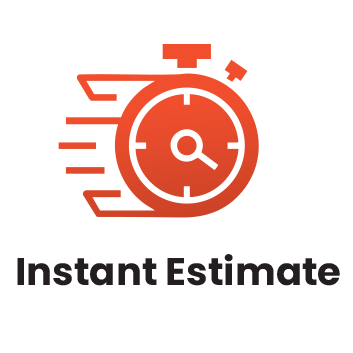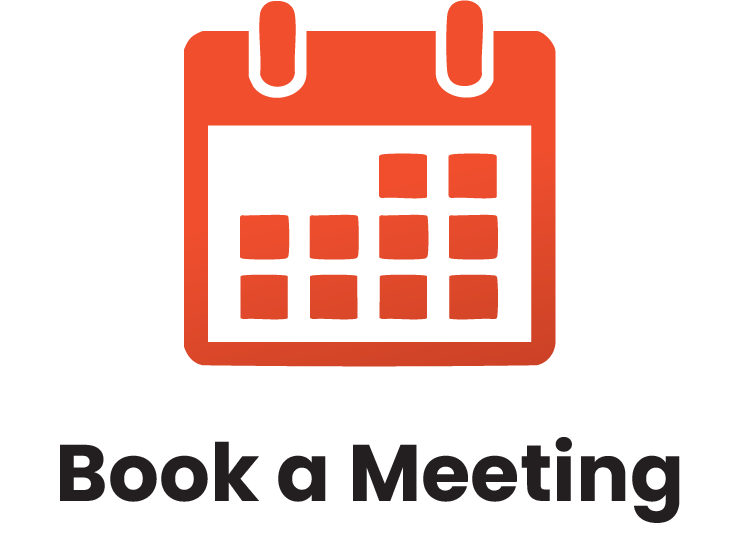Interactive training sessions led by experienced facilitators.
What is In-Person, Instructor-Led Training?
Our in-person training is delivered by a live facilitator who works directly with your team at your location. It’s our most popular format because it allows for real-time interaction, hands-on learning, and direct support.
Every session is tailored to your team’s specific goals, industry, and challenges—no generic, one-size-fits-all programs. Whether it’s a single session or a full training series, we design the experience to be relevant, practical, and fully aligned with your needs.
What is Live Webinar Training?
Live webinars are facilitator-led training sessions delivered online in real time. They’re ideal for teams working in different locations or with busy schedules.
This format offers shorter, more frequent sessions that are easy to coordinate—making it a convenient option for organizations with remote or distributed teams.
What is Virtual Classroom Training?
Virtual Classroom training is live, instructor-led training delivered online. It offers the same interactive experience as in-person sessions, with real-time discussions, group activities, and instructor feedback.
It’s a flexible option for organizations that want to reduce travel, save costs, or better fit training into busy schedules.
What is a Lunch & Learn Session?
Lunch & Learn sessions are short, facilitator-led training sessions delivered in person or online—typically during the lunch hour. They focus on specific topics or skills and offer a quick, engaging way to learn without a full-day commitment.
These sessions can be offered as one-time events or as part of a series, making them a great option for ongoing, bite-sized learning.
Online Learning
Enjoy our self-paced option and learn from anywhere!
$199.00 USD
Self Leadership
Self-leadership puts together taking responsibility for our outcomes, setting direction for our lives, and having tools to manage priorities. Self-leaders work at all levels of an organization. They are front-line workers in every possible role, middle managers, and CEOs. Self-leaders like Walt Disney and Wayne Gretzky worked hard to achieve their dreams without using the term self-leadership. However, they have clearly demonstrated that being in control of their behavior and results, focus, practice, and learning were necessary to achieve their goals.
Self-leadership requires a commitment from individuals to decide what they want from life and to do what’s necessary to get the results they want. This course will help participants internalize the four pillars of self-leadership and to make meaningful, empowered choices while taking action to get where they want to go.
LEARNING OBJECTIVES
Learning Objectives
After you complete this course, you will be able to:
- Define self-leadership and what it means on an individual level
- Assume responsibility for your results by understanding who you are, what you want, and how to reach your goals
- Describe the four pillars of self-leadership
- Use techniques related to adjusting to change, cultivating optimism, and developing good habits to build your self-leadership


COURSE OUTLINE
You will spend the first part of the day getting to know participants and discussing what will take place during the workshop. Students will also have an opportunity to identify their personal learning objectives.
What is Self-Leadership?
This session includes a discussion of what self-leadership is, a review of the pre-assignment, and understanding who our mentors are. Participants will also be introduced to the four pillars of self-leadership: knowing who you are, knowing what you do, knowing what you need to learn, and using what you know.
Knowing Who You Are
This is the first pillar. In this session, you will engage learners in creating a personal vision statement, identifying dreams, and setting goals. They will also learn how to set themselves up for success (not just leaving those dreams on paper!).
Change Management
In order to shift our actions and expectations, participants need to know how to manage change. This session offers an introduction to issues of control and change.
Knowing What You Do
The next pillar is about applying what participants know about themselves and using techniques to manage our behavior, like responding to negative and positive cues. Participants will also define lifelong learning, consider their own learning plan, and start making connections about what they want to do in terms of their future learning.
Motivation for Optimists
In this session, participants explore motivation and creating a motivational climate for themselves. They will also learn about the ABC’s of optimism, the benefits of pessimism and optimism, as well as dealing with adversity.
Using What You Know
In this examination of the final pillar of self-leadership, participants will learn how to take care of their physical and emotional selves in order to support their abilities as a self-leader.
Workshop Wrap-Up
At the end of the course, students will have an opportunity to ask questions and fill out an action plan.


















